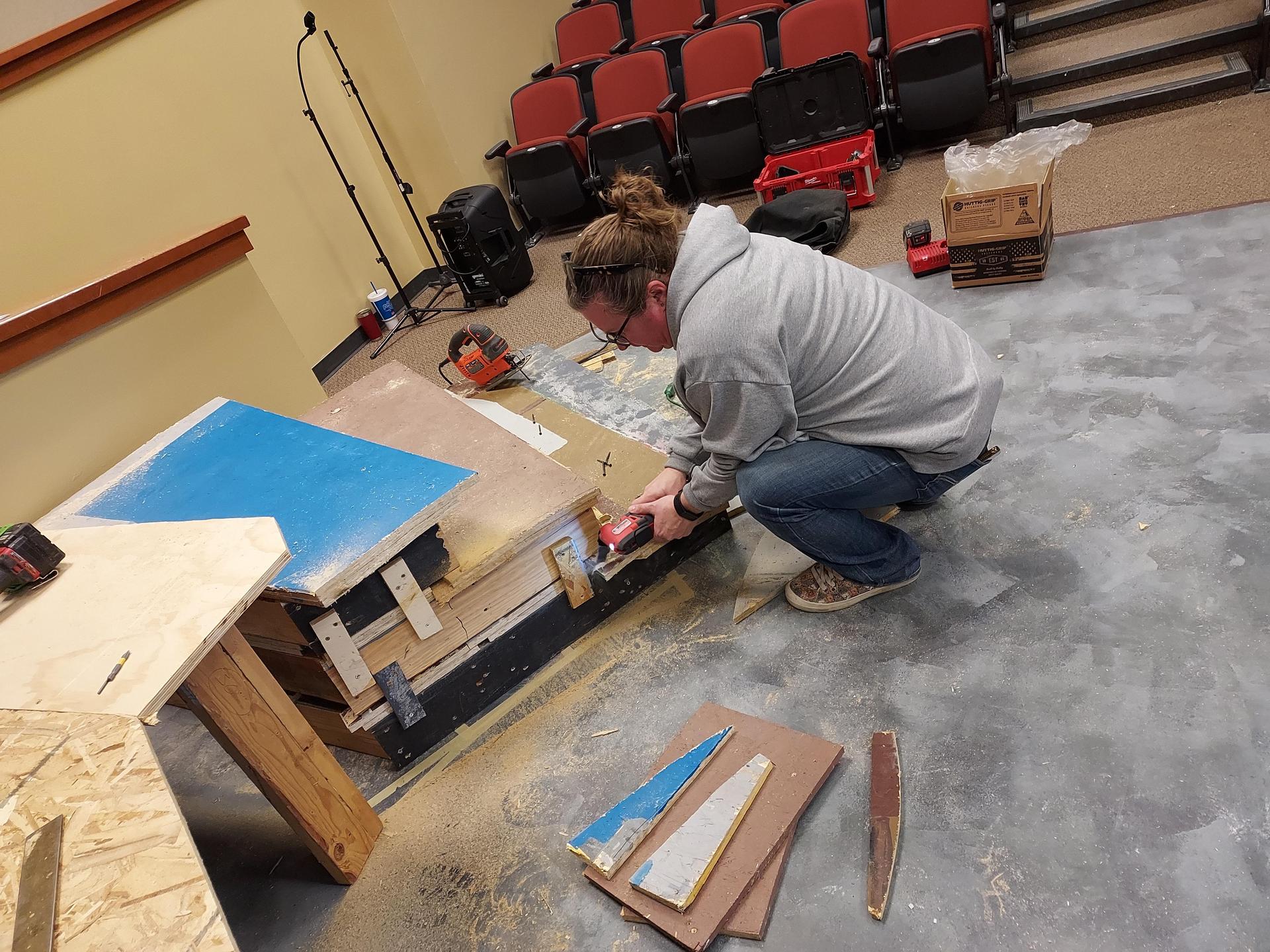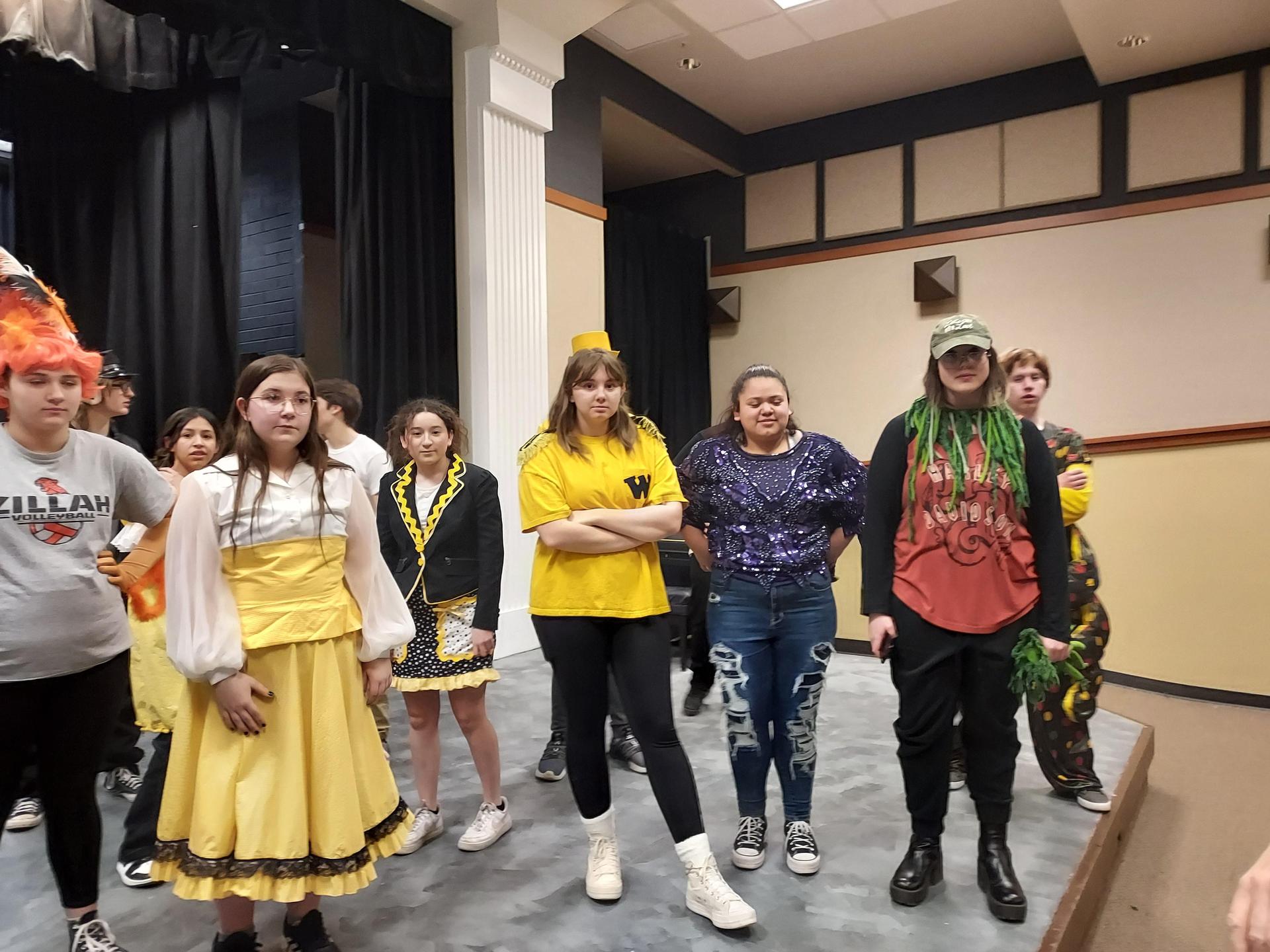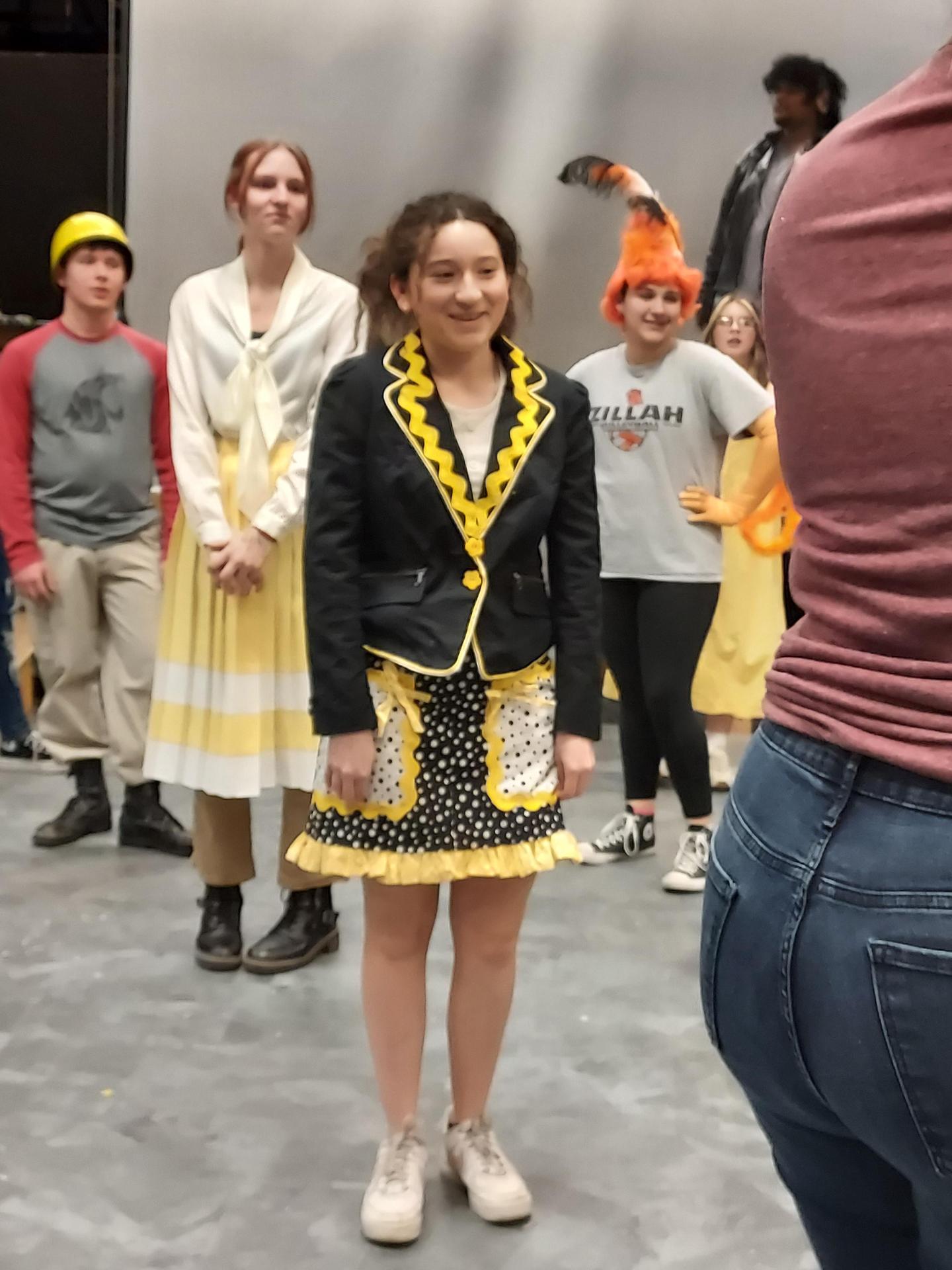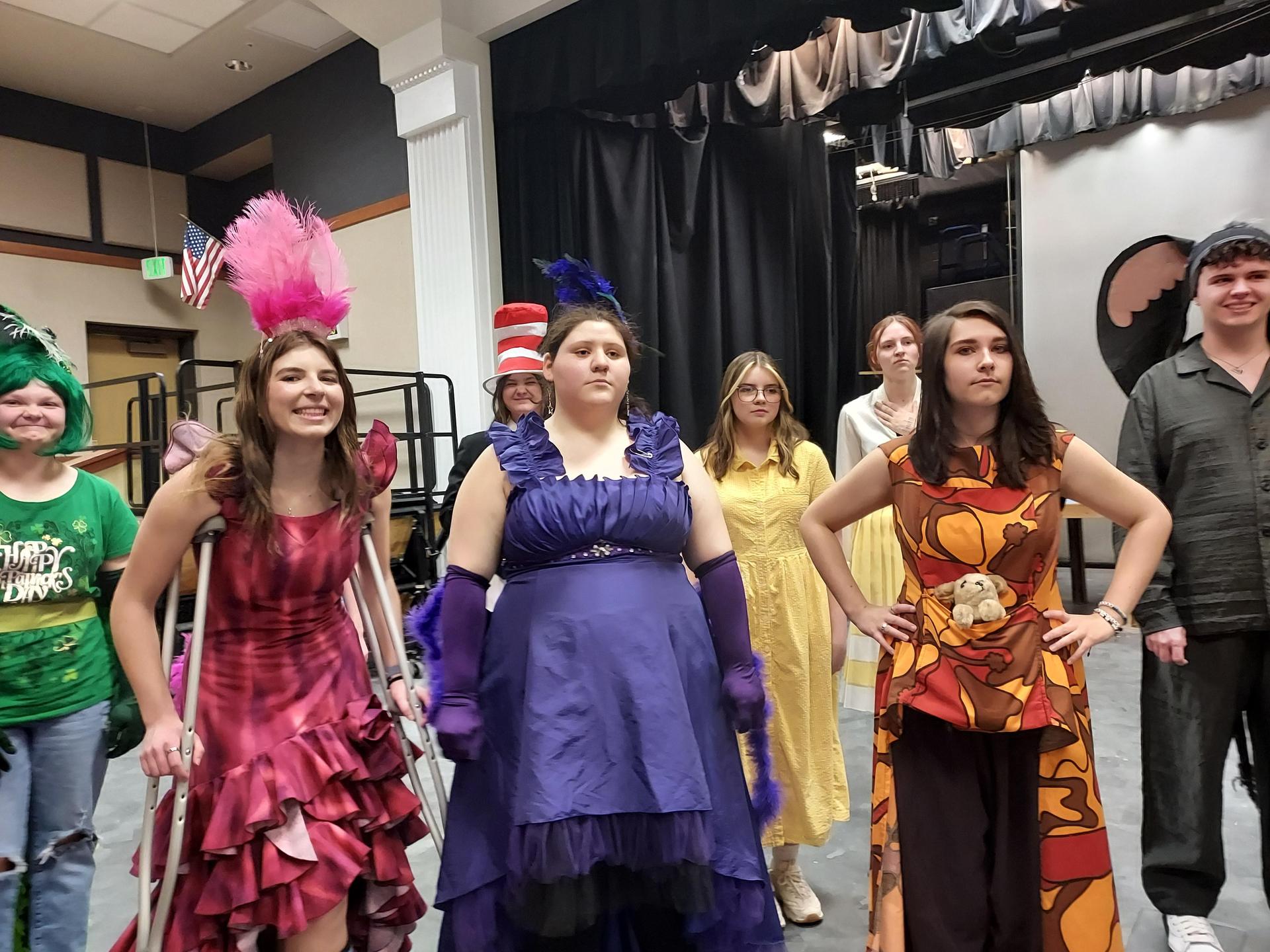Z Center Stage
Seussical is on the LOOSE!
The show is May 9, 10, 11 and 16, 17, and 18 at 7 pm!
Matinee at 1:30 pm on May 18


See below for more ZCSTC dates!








IMPORTANT ZCSTC UPCOMING DATES!
Week of April 15-19: REHEARSAL, 3-5:15 UNLESS OTHERWISE NOTED. Act 2 work. Get off book by next week. RUNNING CREW POSITIONS FILLED---GRADES MATTER AS DOES ATTENDANCE AND DEPENDABILITY.
Week of April 22-26: REHEARSALS AS SCHEDULED. Start run-throughs with tech in running crew positions.
Week of April 29-May 3: TECH WEEK! REHEARSALS 3-5:45 PM.
Week of May 6-8: DRESS REHEARSALS MAY 6, 7, 8, 3-7:00 PM. NEED WATER AND SNACKS.
May 9: OPENING NIGHT! BE ON STAGE TO DRESS AND DO MAKE UP AT 5 PM. TECH CALL IS 5 P.M. Parent volunteers need to be there at 6 pm. Show at 7 pm
May 10: Performance #2 (same times)
May 11: Performance #3 (same times)
May 12: Rest!
May 13: Possible morning show for ZIS/ZMS. (if so you will need to get homework from periods 1-3 that day) Be on stage at 7:30 to get ready. (Note: this counts as our pick up rehearsal this week, unless we have issues to take care of (TBD). No rehearsal after school.
May 14: Probably no rehearsal (TBD)
May 15: No rehearsal--keep your grades up!
May 16: Performance #4 (same times)
May 17: Performance #5 (same times)
May 18: Performances #6 and #7: BIG DAY! Be on stage at 11 am (be sure you have eaten) to get ready for 1:30 matinee show. Following that, you will be fed dinner so you will stay on campus. Then we get ready and do the CLOSING SHOW at 7 pm, followed by the cast party (location TBD) from around 10- midnight. (cast and crew expected! Arrange transport)
May 20: REQUIRED REHEARSAL, 3-6 PM. Set and tech strike/cleanup. WE HAVE TO PREP FOR MUSIC CONCERTS THIS WEEK.
May 22: ANNUAL FINE ARTS AWARDS, 7 PM. Please plan to attend--all drama participants this year will be recognized, and those that participated in both plays/earned enough points will receive their 2023-24 DRAMA LETTER! Plus, the Director's Awards will be presented. Band and choir letterers will also receive their letters. Parents and families encouraged!
Before the end of school: 2024-25 season planning meeting for drama (date and time TBD!)
